13 Tips for Authenticating Sports Autographs Before You Buy
The thrill of owning a real sports autograph is hard to match, but the risk of buying a fake is always present. Collectors need to be alert when considering a purchase. There are ways to tell the difference between an authentic signature and a clever imitation. Gaining this knowledge will help you make informed decisions when browsing auctions or shops. Continue reading to learn how to spot the signs of authenticity before you commit to buying.
This post may contain affiliate links, which helps keep this content free. Please read our disclosure for more info.
Look for Certificates of Authenticity from Trusted Sources
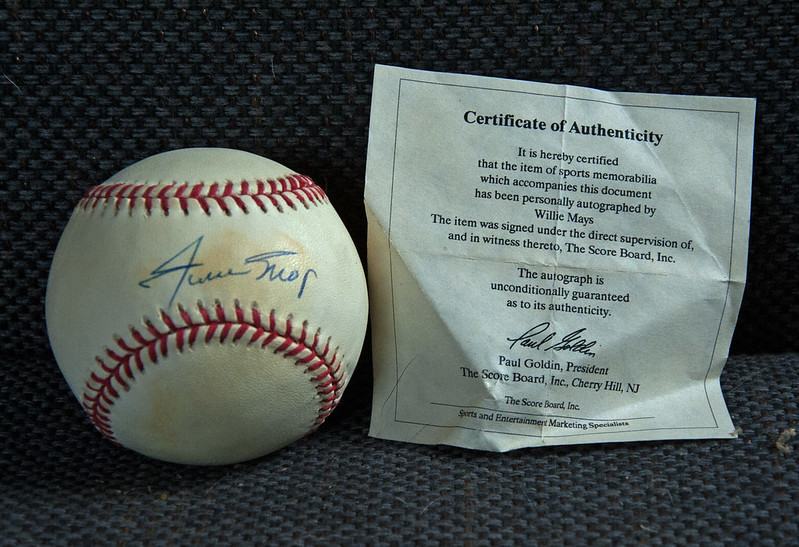
A Certificate of Authenticity, or COA, is often the first sign that an autograph has been verified. It should come from a well-known and respected authentication company, not just the seller. Reputable companies usually have a track record in the hobby and use consistent verification methods. Always confirm that the COA includes the details of the item, such as the date, event, and signer.
However, a COA is only as good as the company that issued it. Some sellers create their own certificates, which hold little value. Check the company’s website to see if they have a record of your item’s verification. Taking this step will help you avoid relying on a worthless piece of paper.
Compare with Verified Examples of the Signature

A side-by-side comparison with known authentic signatures can reveal small differences. Look for consistent letter shapes, slants, and spacing that match the player’s known autograph style. Official team memorabilia shops and reputable auction archives are good places to find reference images. A genuine signature often shows a natural flow instead of shaky or overly perfect lines.
Do not rush this process, as spotting inconsistencies can take time. Signatures can change slightly over the years, so compare with examples from the same time period. For rare or early-career signatures, historical photos can be helpful. The more examples you review, the better your eye will become at catching fake details.
Check the Pen Pressure and Flow
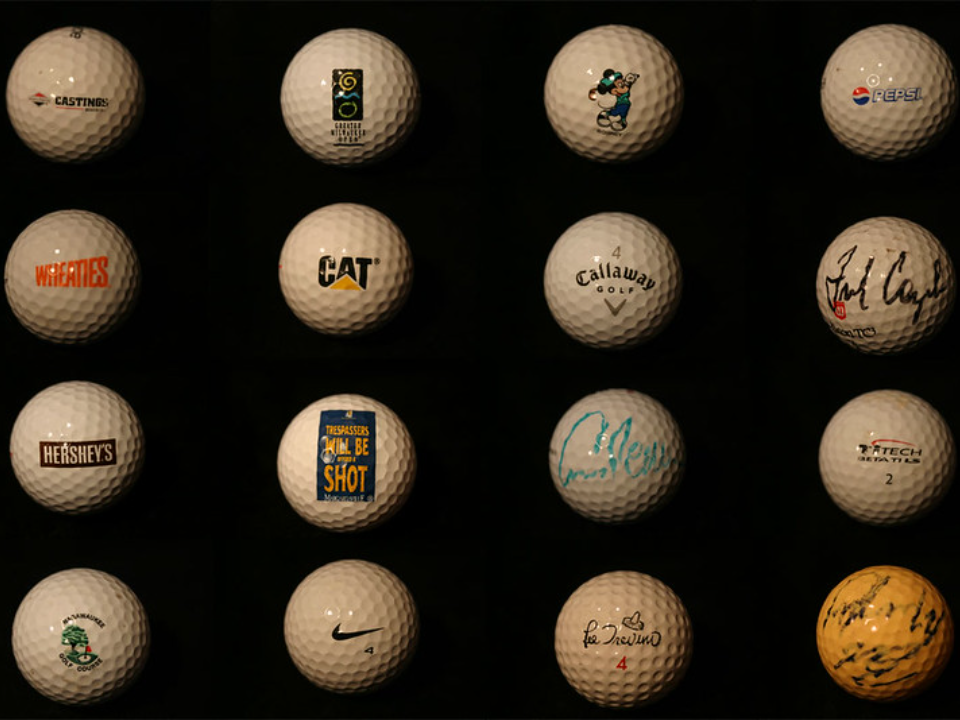
A real autograph will often show natural variations in ink thickness and pressure. This is due to the way a pen moves in a person’s hand. Forged signatures can have even, mechanical-looking lines because they may be traced or printed. Light and heavy strokes are common in authentic writing, especially on paper or photos.
If possible, examine the autograph under good lighting. You may notice indentations or slight ink pooling at the start and stop points. Printed or stamped signatures will lack these small physical signs. Being aware of this detail can help you catch counterfeits.
Learn the Player’s Signing Habits
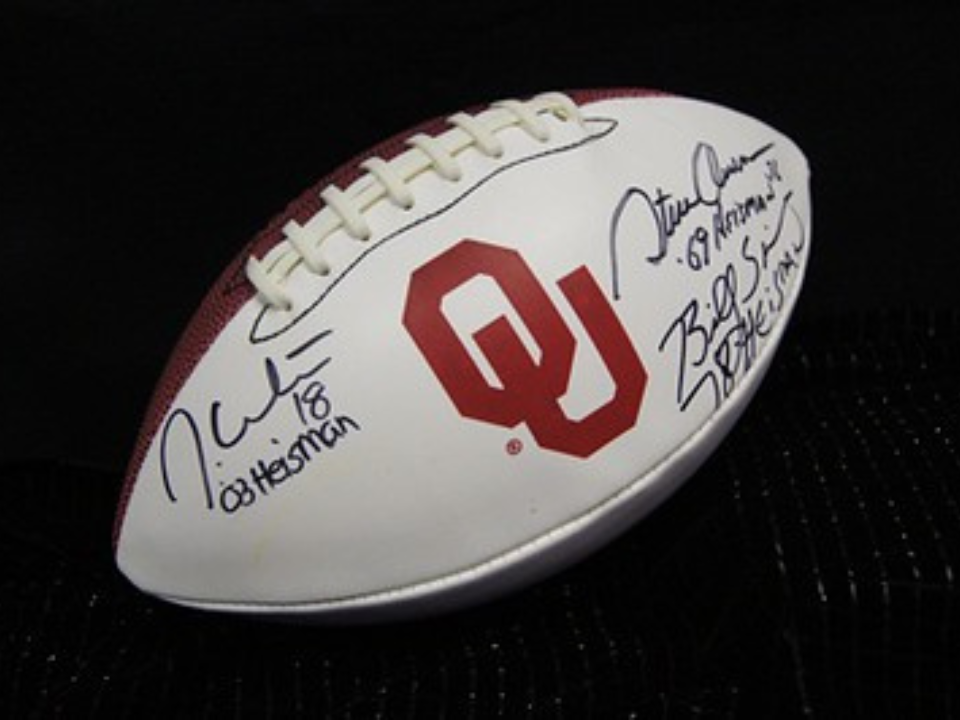
Some athletes are known for adding inscriptions, jersey numbers, or personal touches. Others may sign in a specific spot or use a particular type of pen. Knowing these habits can give you clues about whether an autograph matches their usual style. For example, a player who always signs in bold blue ink may not be likely to sign in faint black marker.
Research can be done through sports memorabilia forums, auction listings, or collector groups. Over time, you will notice patterns in the way certain players sign. If an item’s signature breaks from those patterns without explanation, be cautious. Consistent habits often mean consistent authenticity.
Check for Authentication Stickers or Holograms
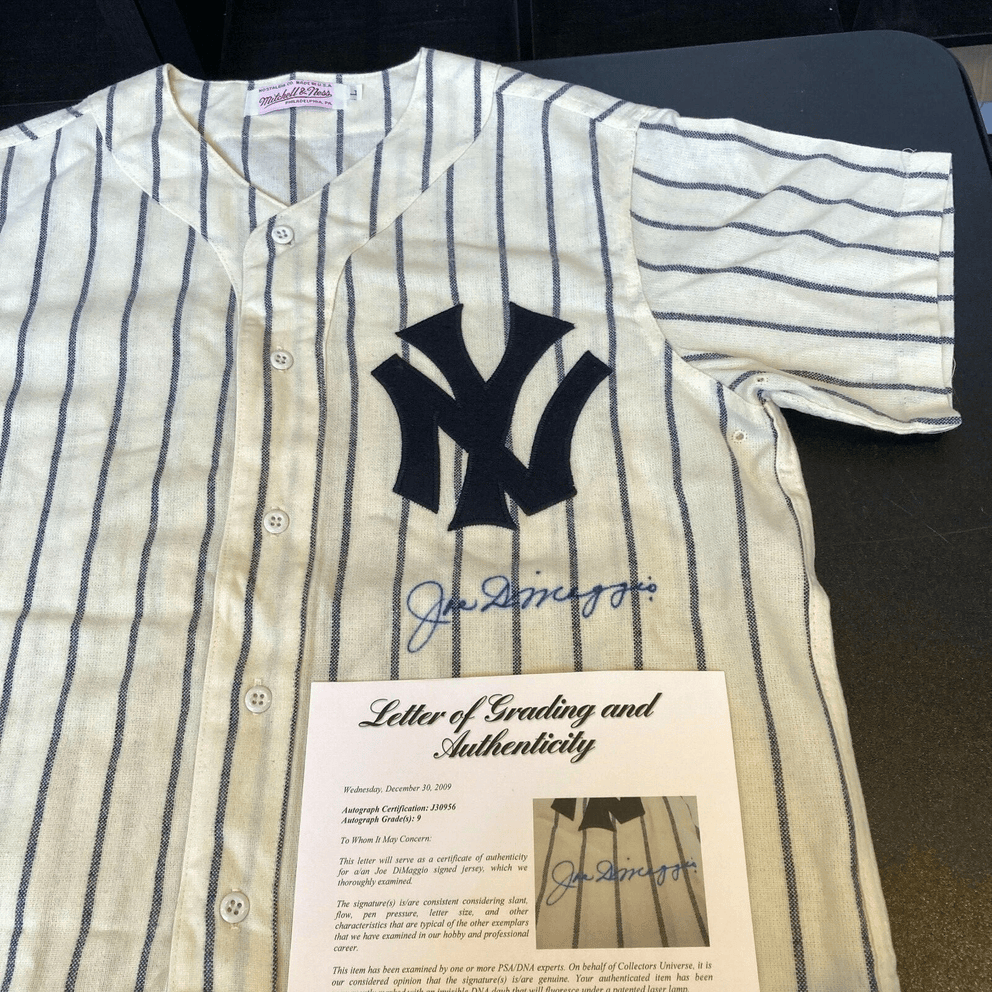
Some athletes and teams partner with authentication companies to place holograms or stickers directly on items. These markings often have serial numbers that can be verified online. They are commonly used for game-used items, signed jerseys, and high-value memorabilia. A missing or damaged sticker could lower confidence in the autograph.
Always verify the number on the sticker with the authentication company’s database. If the company cannot confirm the record, it is a red flag. Keep in mind that holograms can be faked, so research the specific design used during the time of signing. A genuine sticker will match the era and format of the original program.
Be Wary of Items with Multiple Identical Signatures
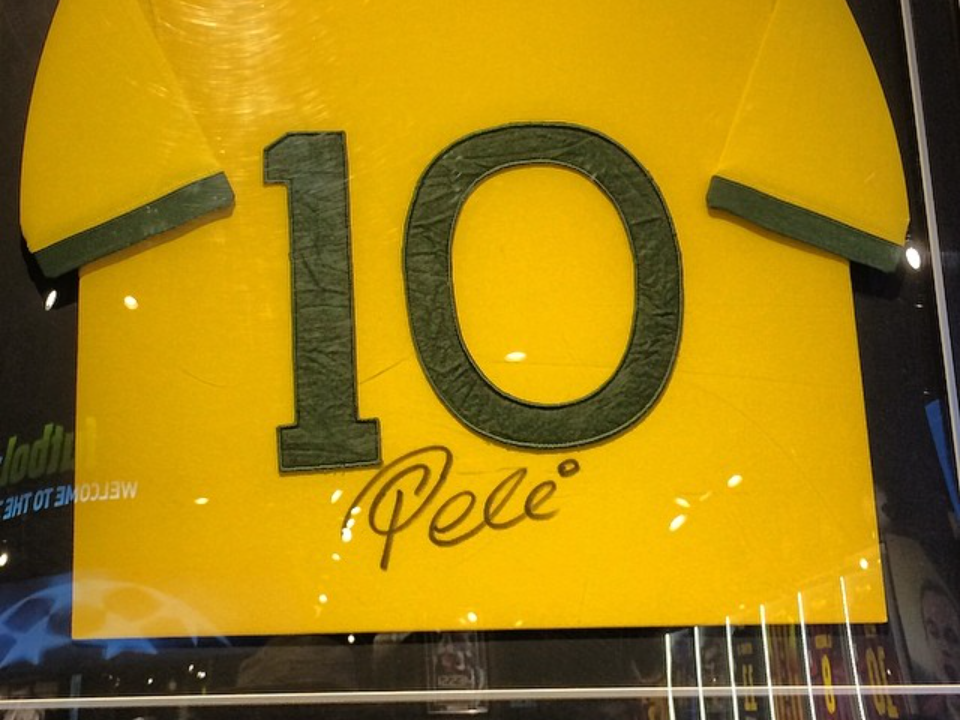
If you see multiple items for sale with signatures that look exactly the same, it may signal a mass-produced fake. Real signatures often vary slightly due to the natural movement of the hand. Identical slants, spacing, and pressure across several items are unusual. This is common in printed reproductions or autopen signatures.
Check online to see if the same image and signature combination appears on other sites. Autopens create uniform signatures that lack the human touch. Collectors familiar with a player’s signing quirks can usually spot these patterns quickly. Taking a closer look can save you from paying for a copied signature.
Inspect the Item’s Surface

The material signed can affect how the autograph looks. Signatures on glossy photos may show small streaks if the pen slipped, while those on fabric can have feathered edges. Forgers sometimes print fake signatures directly on the surface, which will feel smooth and flat. Authentic ink will often sit slightly above the surface and can be felt lightly with your fingertip.
Look for signs of smudging, fading, or ink skipping, as these can be normal in real signing sessions. Avoid items where the signature looks too perfect or uniform. The texture of the surface can help you determine how the ink should behave. These details are especially important when buying signed jerseys or balls.
Watch Out for Unusual Placement of the Signature
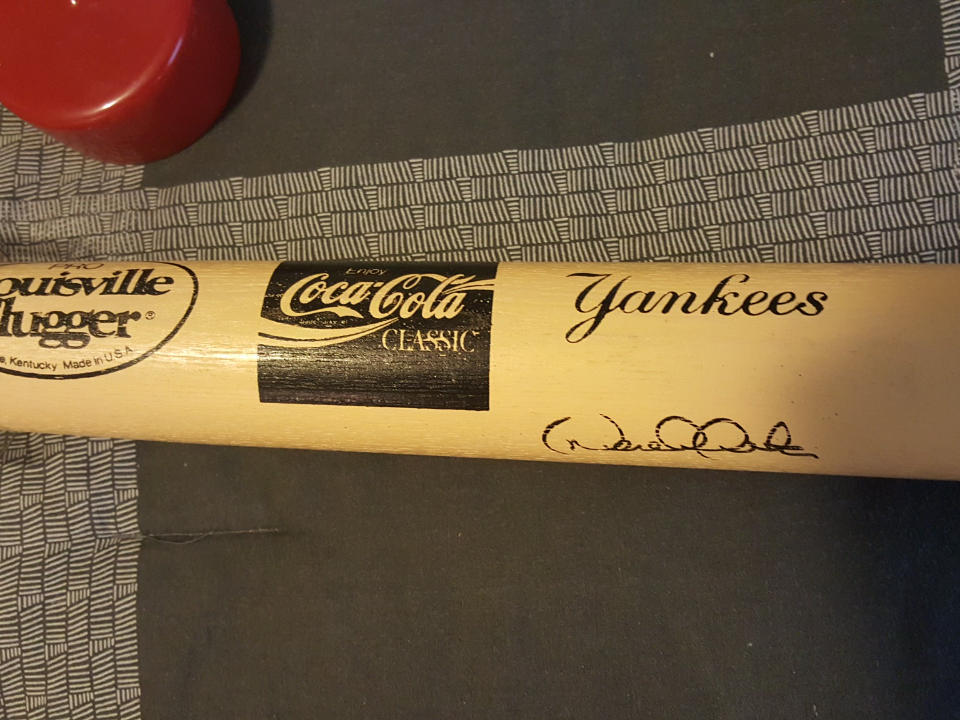
Most athletes sign in consistent areas on an item, such as across the sweet spot of a baseball or the front of a jersey number. An autograph placed in an odd location can raise questions. While it is not impossible for a player to sign in a new spot, it is uncommon without reason. Placement patterns are often tied to the player’s habits.
If you see a signature in a strange area, try to find photographic proof of the athlete signing similar items that way. Some unusual placements are intentional for special events or charity auctions. Without that proof, the odd placement could be an indicator of forgery. Knowing where signatures usually appear helps you spot suspicious variations.
Consider the Story Behind the Item
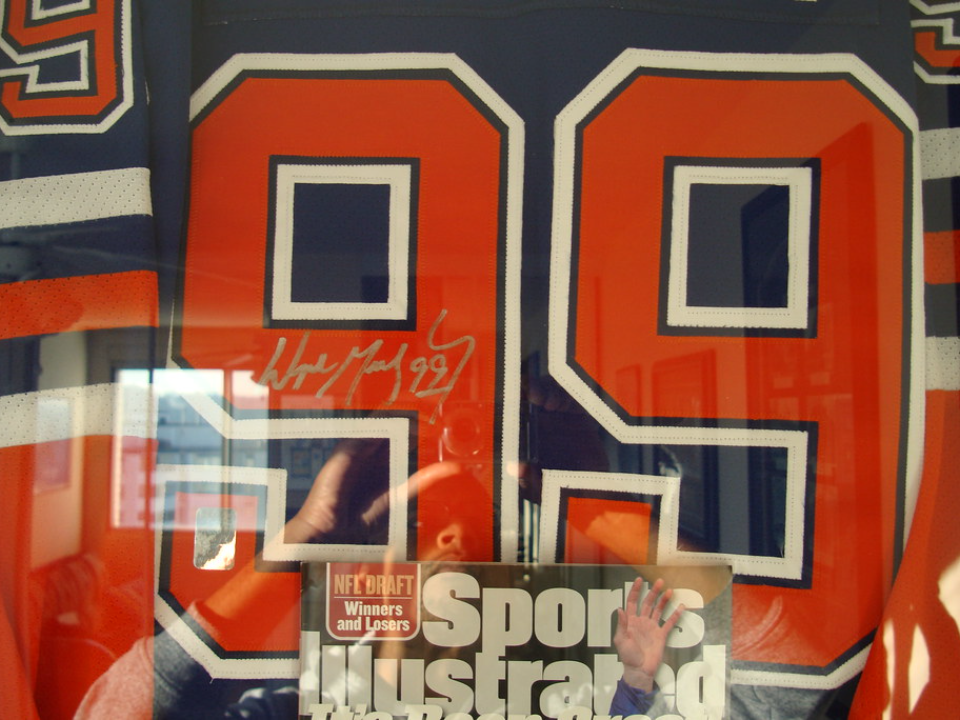
A seller who can explain where, when, and how the autograph was obtained gives you more to go on. Details such as the event, the date, and whether photos were taken during signing can add credibility. Items with a clear history are easier to trust. Lack of information or vague stories should make you cautious.
When possible, ask for supporting evidence like ticket stubs, wristbands, or event programs. These can help confirm the autograph’s origin. Collectors often value items with a strong, documented backstory. The more complete the history, the more confident you can be in the signature.
Look for Photo or Video Proof of Signing

Photos or videos showing the athlete signing the specific item can greatly support authenticity. This is especially helpful for high-value pieces or rare signatures. Images should clearly show both the signing process and the item itself. Avoid accepting generic signing photos that could be from a different event.
Ask the seller if they have original media files rather than just printed copies. Some collectors store these files as part of their authentication records. Visual proof adds another layer of trust to the transaction. If the seller hesitates to provide it, treat the item carefully.
Understand the Difference Between Live Signatures and Autopens
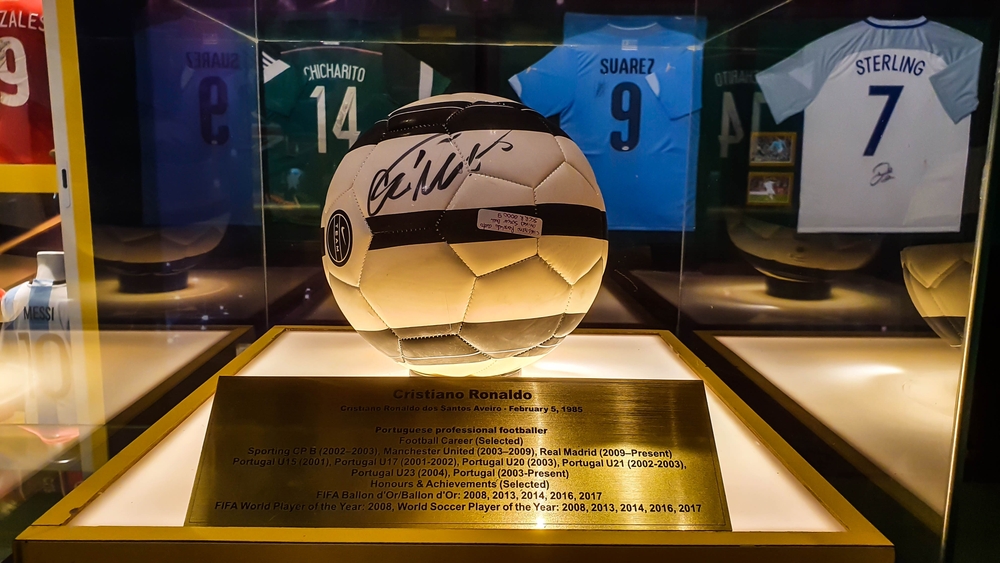
Autopen machines can produce signatures that look surprisingly real. They use a mechanical arm to copy a pre-set autograph pattern. These are sometimes used by athletes to handle large signing requests. However, they lack the natural variations of a hand-signed item.
Look for repeated patterns in the autograph’s details. An autopen signature will be identical every time, right down to pen pressure marks. Collectors often compare several examples side by side to confirm. Avoid paying high prices for autopen items unless you are comfortable with them being reproductions.
Pay Attention to Ink Type and Age
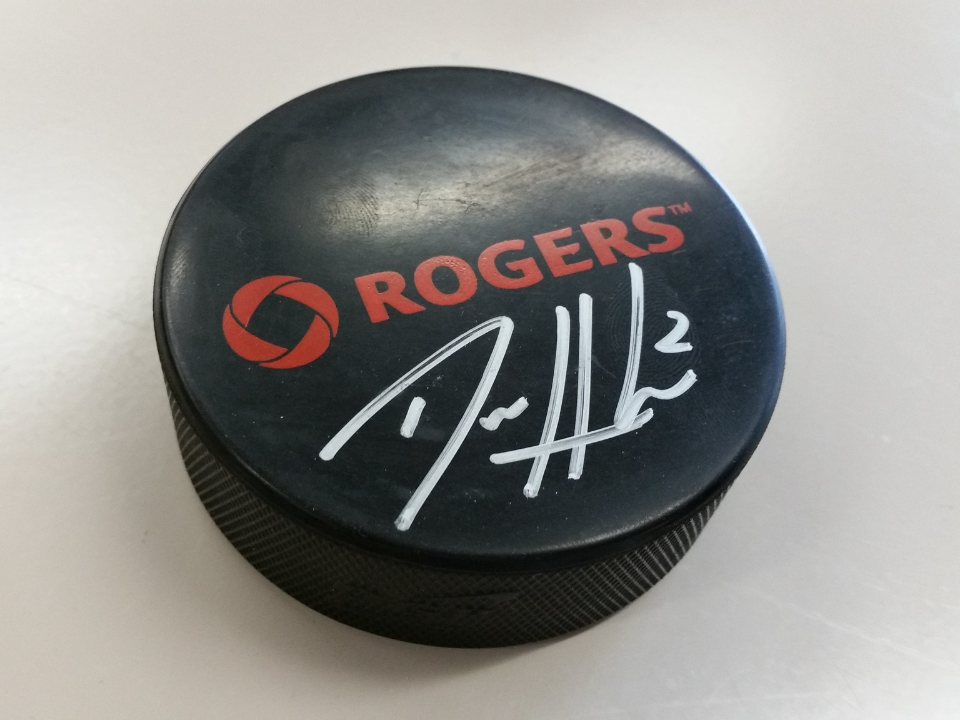
The type of ink used can tell you if an autograph matches its claimed date. Certain pens were not widely available until specific years, so an older item signed in modern ink can be a sign of forgery. Ink also ages differently depending on storage and exposure to light. Authentic older autographs often show natural fading or slight discoloration.
If the ink looks too fresh for the era, be cautious. Use magnification to check for ink sitting unnaturally on aged surfaces. Different sports have different norms for ink color, which can help with dating the item. This level of detail can narrow down whether the autograph matches its supposed time frame.
Trust Your Instincts if Something Feels Off
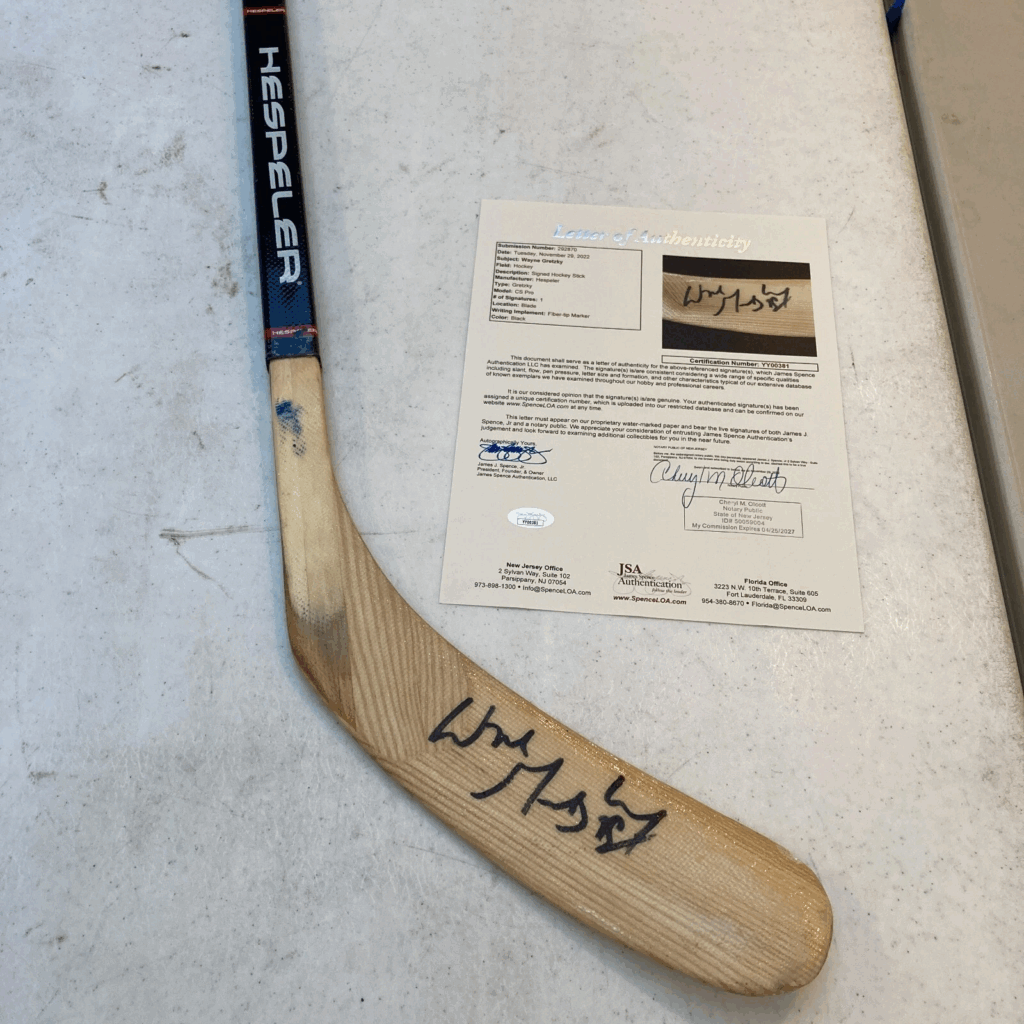
Sometimes an autograph may look right on paper but still leave you feeling unsure. Trusting that feeling can save you from a bad buy. If the story, price, or condition does not sit well with you, it is fine to walk away. There will always be other opportunities.
Collectors often say it is better to miss out on a deal than to regret a purchase later. Patience is a valuable trait in the autograph hobby. Waiting for the right item in the right circumstances usually pays off. Your instincts, paired with good research, can be your best protection.
This article originally appeared on Avocadu.
